Call for Finance Coordinator | Part-time Opportunities

20 h/ week
26k CZK/month
Prague, CZ
Onsite
Start 1st April 2024
YEE is seeking a Finance Coordinator
YEE is excited to announce the opening of a part-time Finance Coordinator (20 hours/week) from April 2024 to April 2025 (potential extension) to join our Finance team.
Responsibilities include financial reporting, grant management, budget monitoring, and data management. The selected candidate must have language proficiency in English and Czech. Ideal candidates have experience in budgeting, grant management, nonprofit accounting, and strong communication skills.
Remuneration is 26 000 CZK/month gross salary.
Your responsibilities
- Prepare accurate and timely financial reports, including income statements, balance sheets, and cash flow statements. Present financial information to the Coordination team and the Board, offering insights and recommendations for strategic planning.
- Monitor grant budgeting and reporting processes to ensure compliance with funder requirements. Work closely with project managers and department managers to align financial activities with project goals and objectives.
- Monitor budget vs. actual performance for various projects and programs. Identify variances and communicate findings to the Finance Manager
- Organise and archive financial documents, reports, and supporting documentation for audit and compliance purposes.
- Assisting in ensuring compliance with regulatory requirements, organisational policies, and grant agreements. Supporting internal and external audits by providing requested documentation and explanations as needed.
- Assisting the financial manager with the travel arrangements such buying tickets, booking accommodations and reimbursements when required.
Candidates we are looking for
Requirements
Ideal Profile
Plus
Requirements
- ⚬ Working proficiency in English and Czech
- ⚬ Based in Prague or availability to relocate
- ⚬ EU work permit
- ⚬ Eligible applicants must be younger than 35 years of age
- ⚬ Be aligned with YEE’s core values and mission
Ideal Profile
- ⚬ Experience in budgeting, financial reporting, grant management
- ⚬ Experience with nonprofit accounting principles and practices
- ⚬ Organisational skills with the ability to manage multiple priorities and meet deadlines
- ⚬ Has exceptional communication skills to forge relationships with youth organisations and decision makers
- ⚬ Motivated to interact in an international environment with different organisations, institutions, and individuals
- ⚬ Is familiar with an international working environment, but is also comfortable with being part of a small team
- ⚬ Undertakes responsibilities and carries out tasks independently
- ⚬ Has a creative approach and can come up with innovative solutions
- ⚬ Able to work remotely and collaborate with the team under this regime
Plus
- ⚬ Experience in the youth field
- ⚬ Experience in financial reporting for the EU Commission, Erasmus+, European Youth Foundation
- ⚬ Experience in tax regulations, in particular, in the Czech Republic


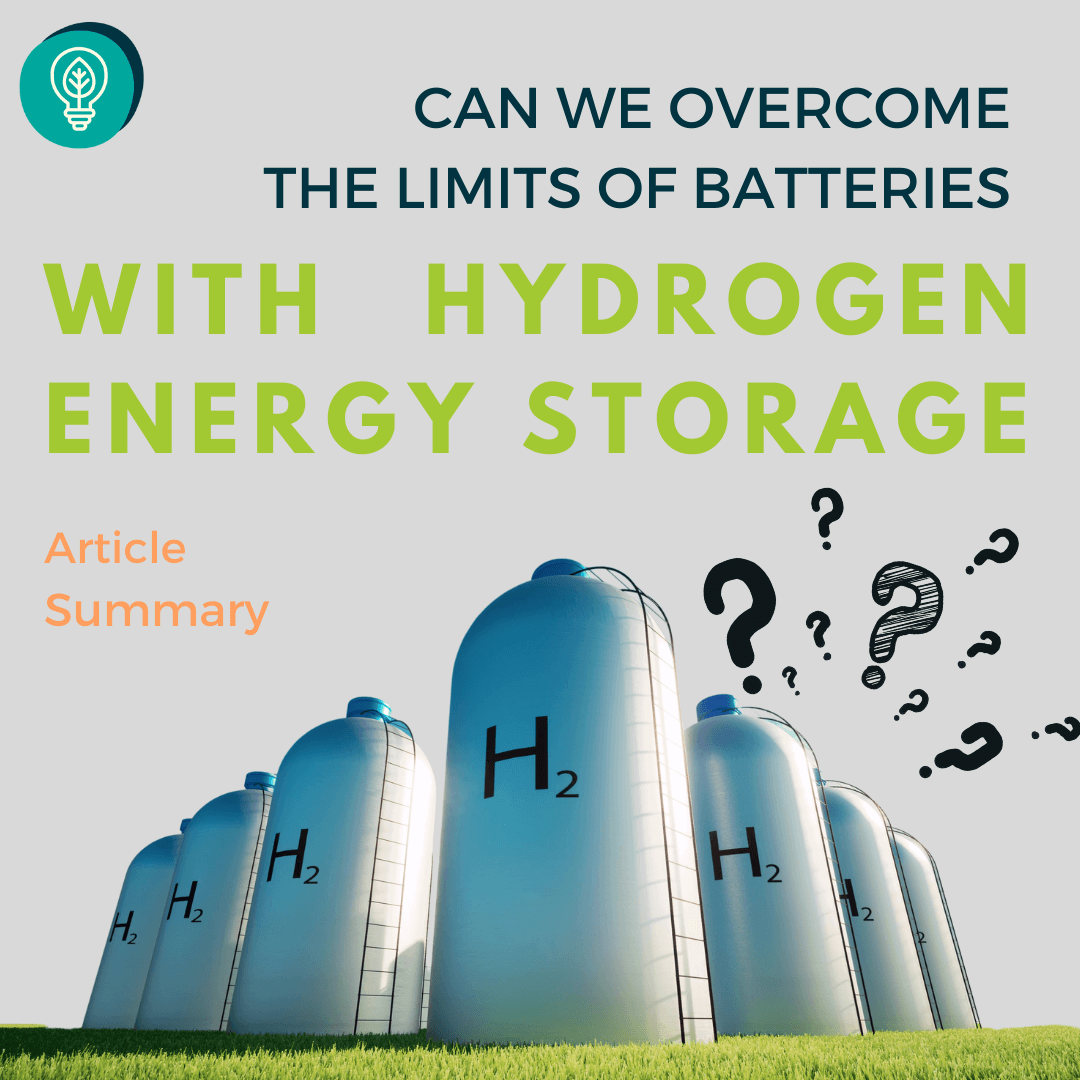










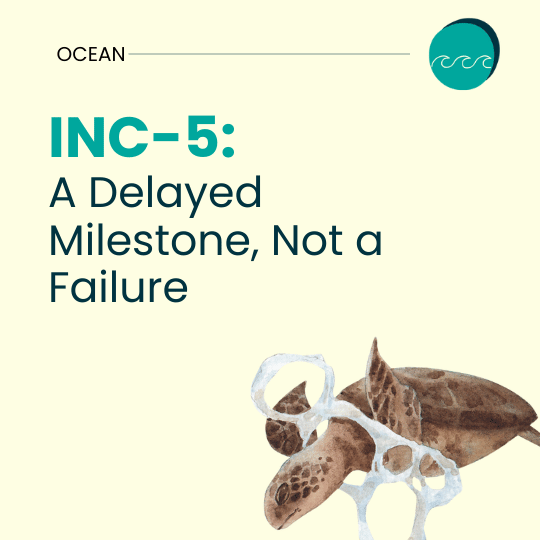






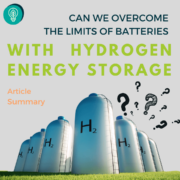







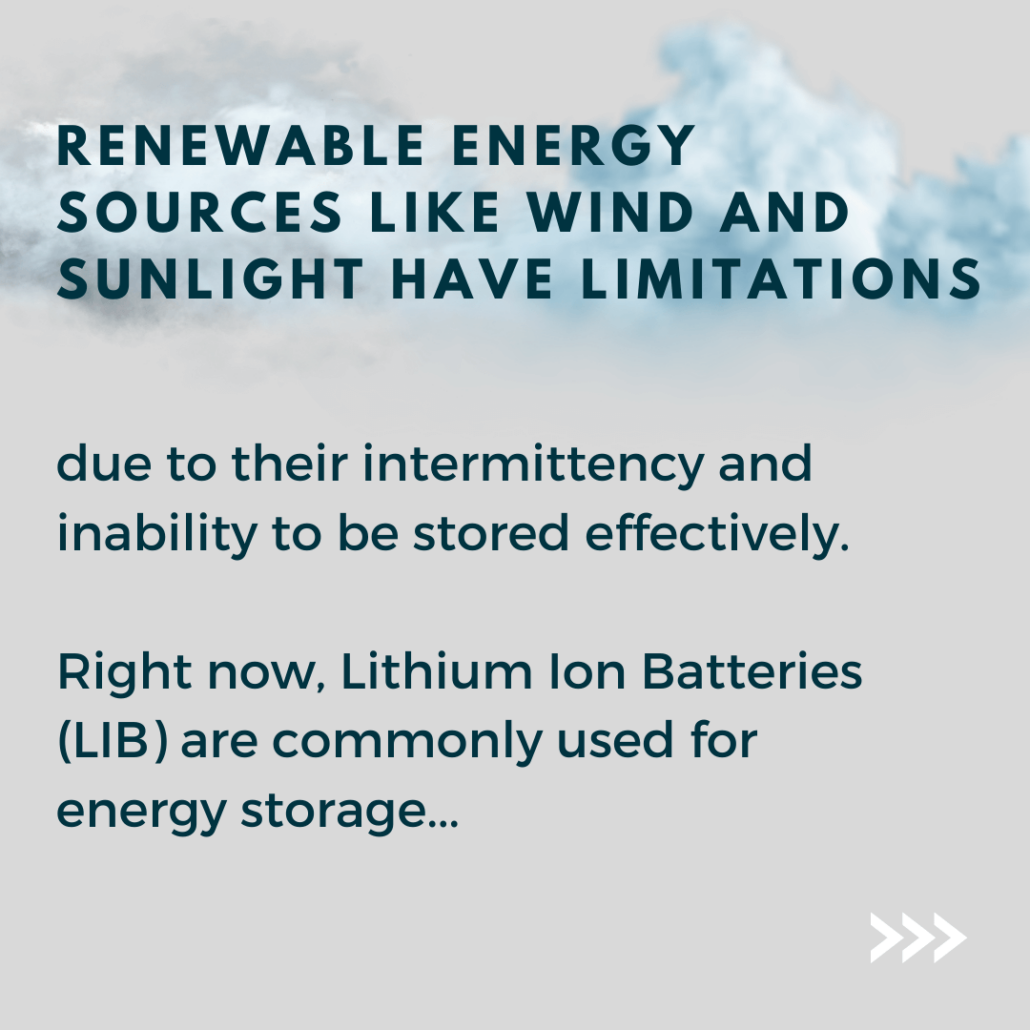
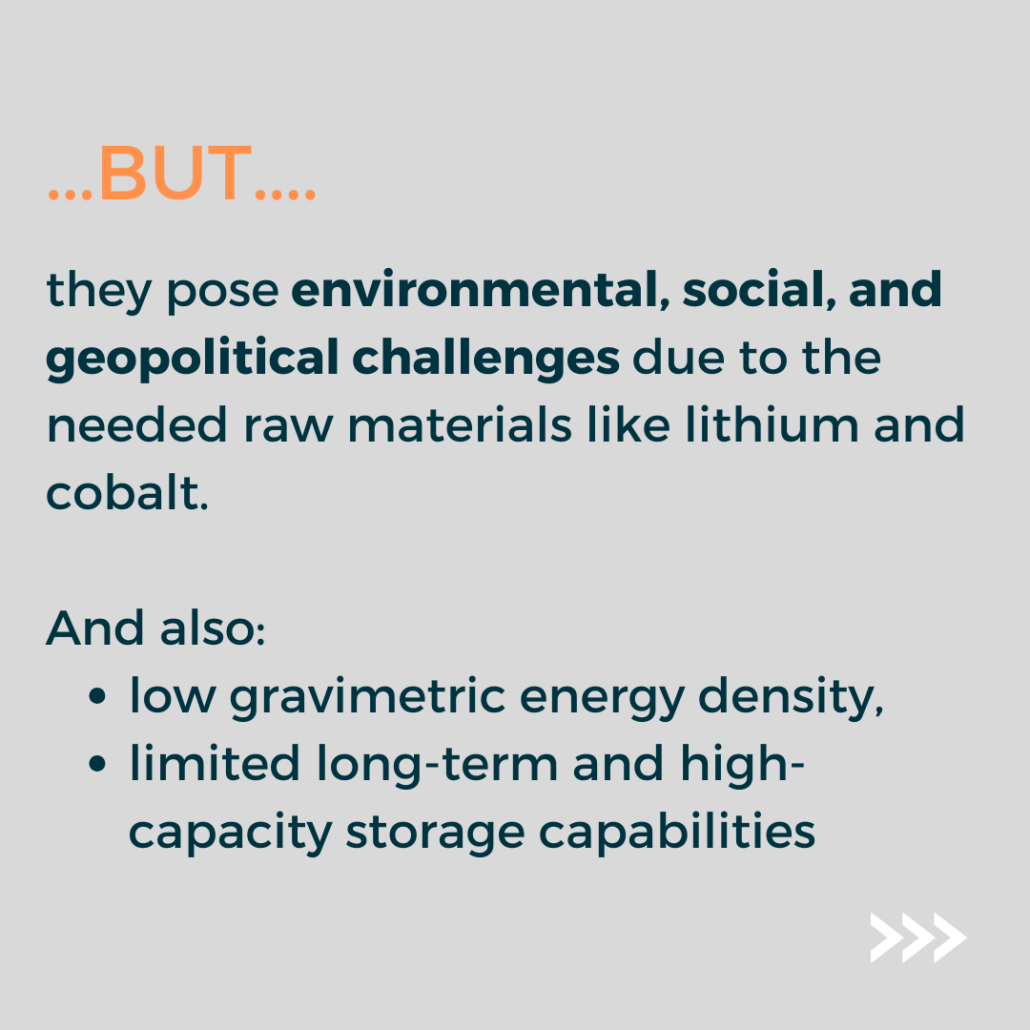
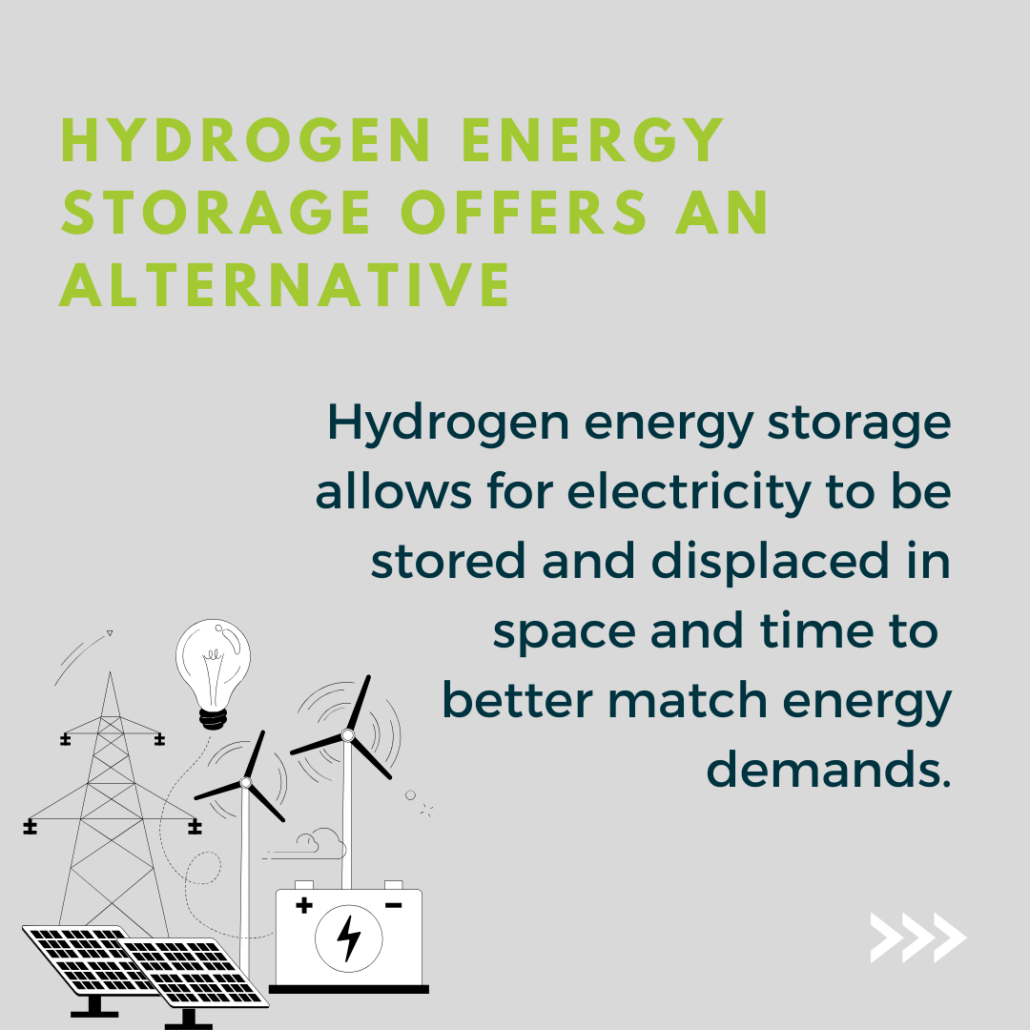
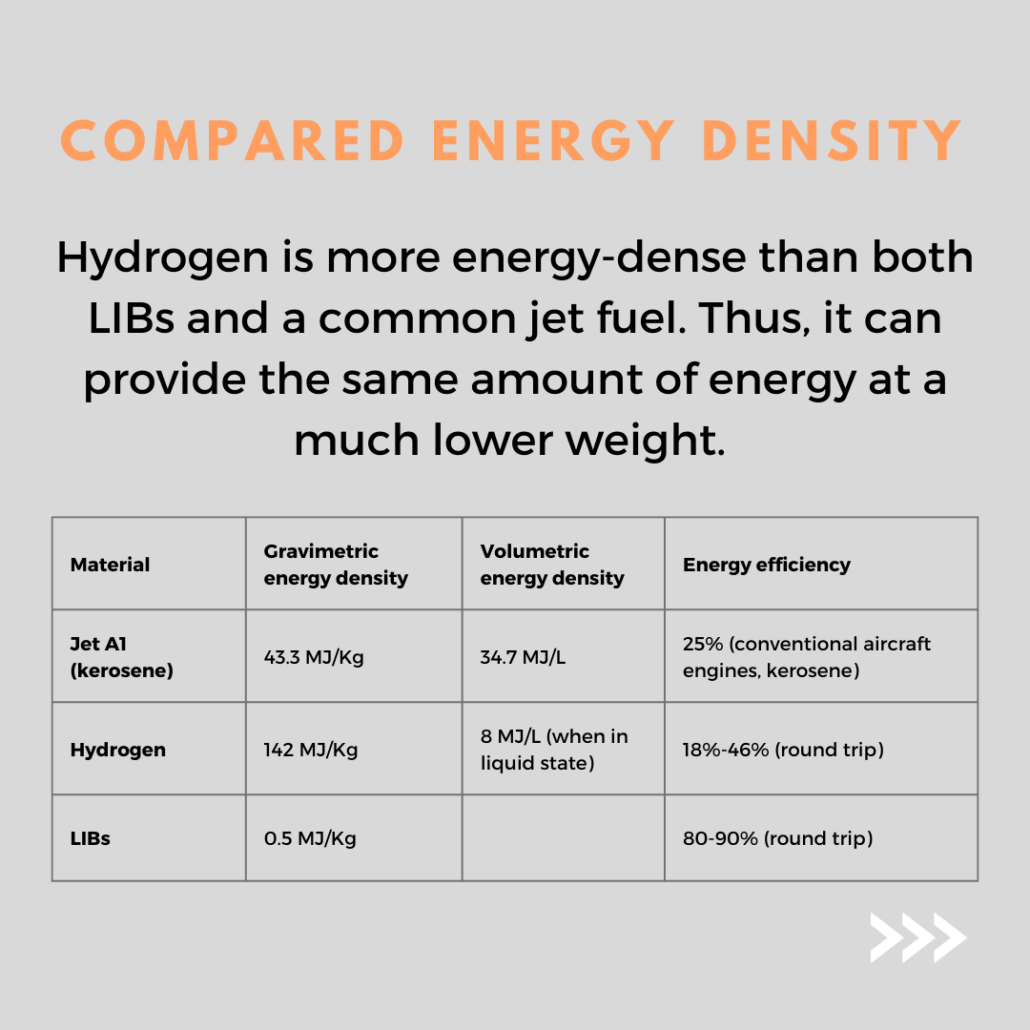
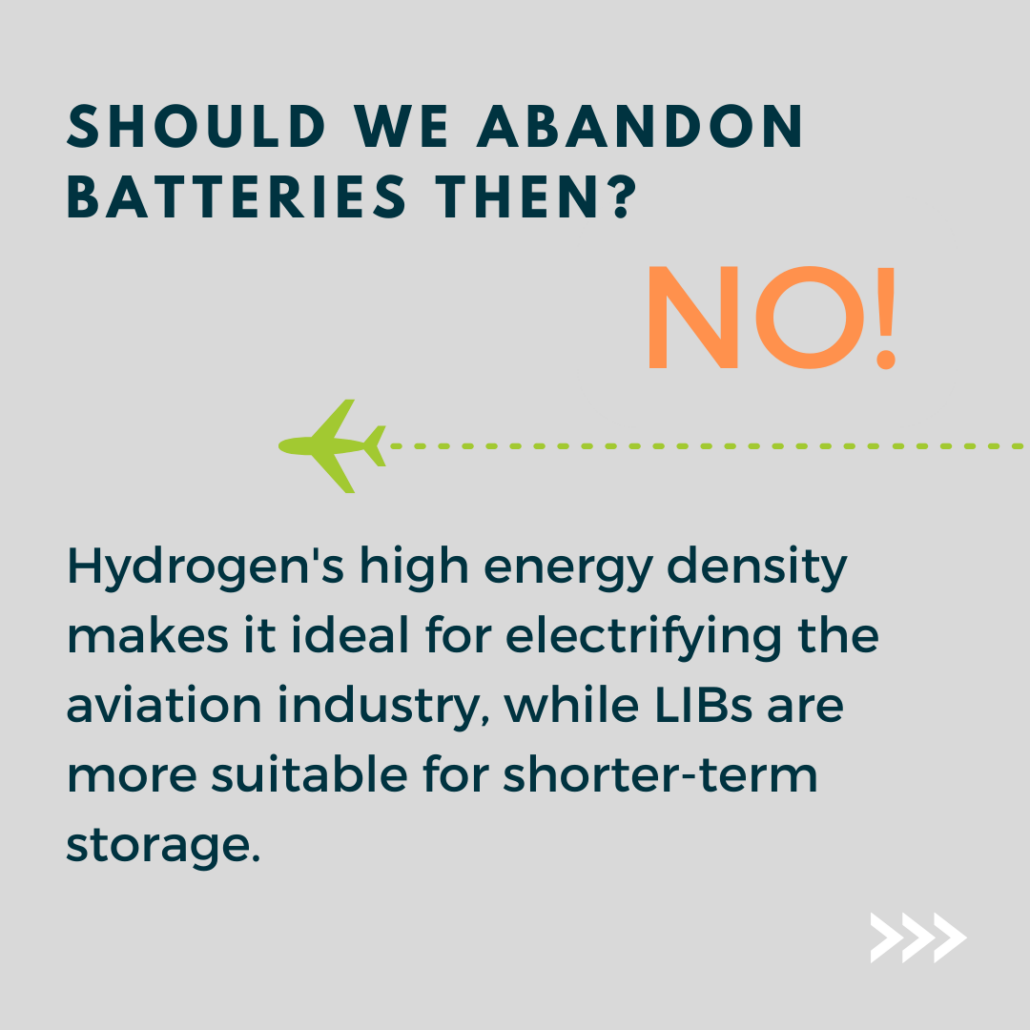
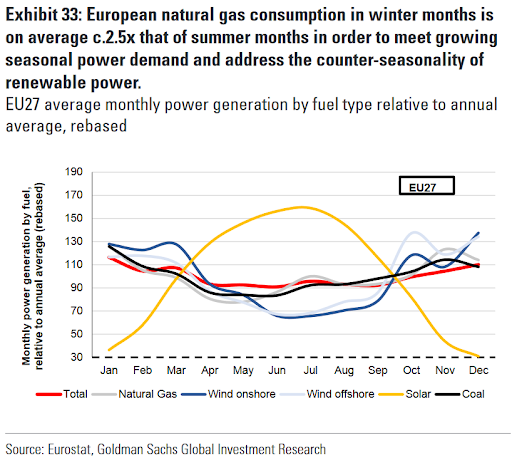

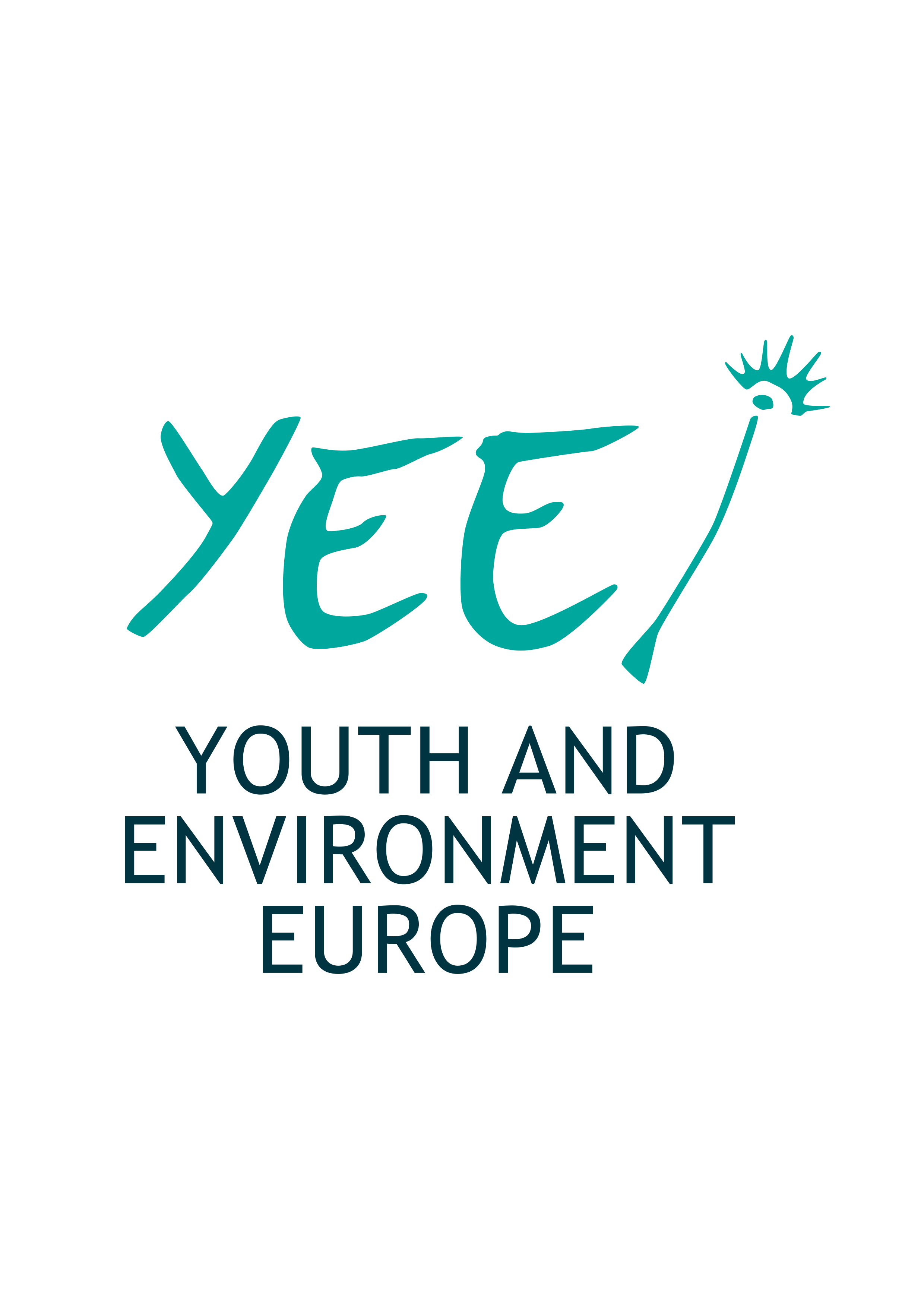




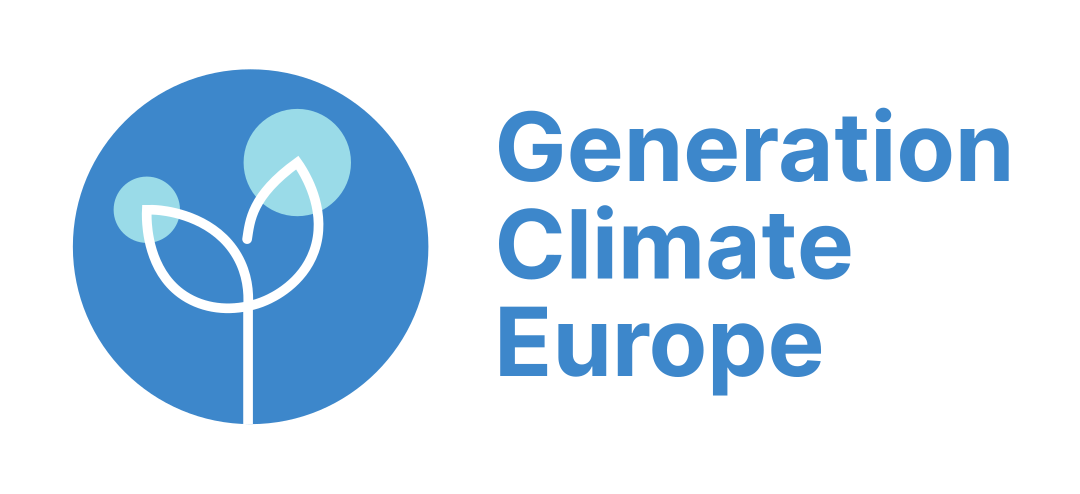

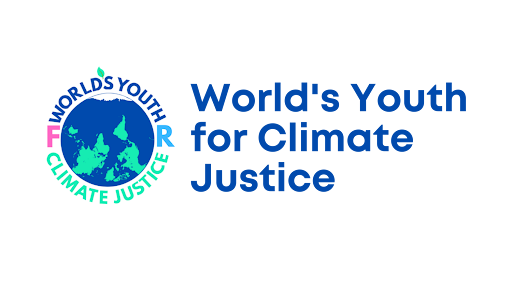



 YEE aims to unite environmental youth non-profit organisations in Europe in order to enhance international cooperation, increase knowledge about the climate crisis, raise awareness of environmental problems and to strengthen participation of youth in environmental decision-making.
YEE aims to unite environmental youth non-profit organisations in Europe in order to enhance international cooperation, increase knowledge about the climate crisis, raise awareness of environmental problems and to strengthen participation of youth in environmental decision-making.

